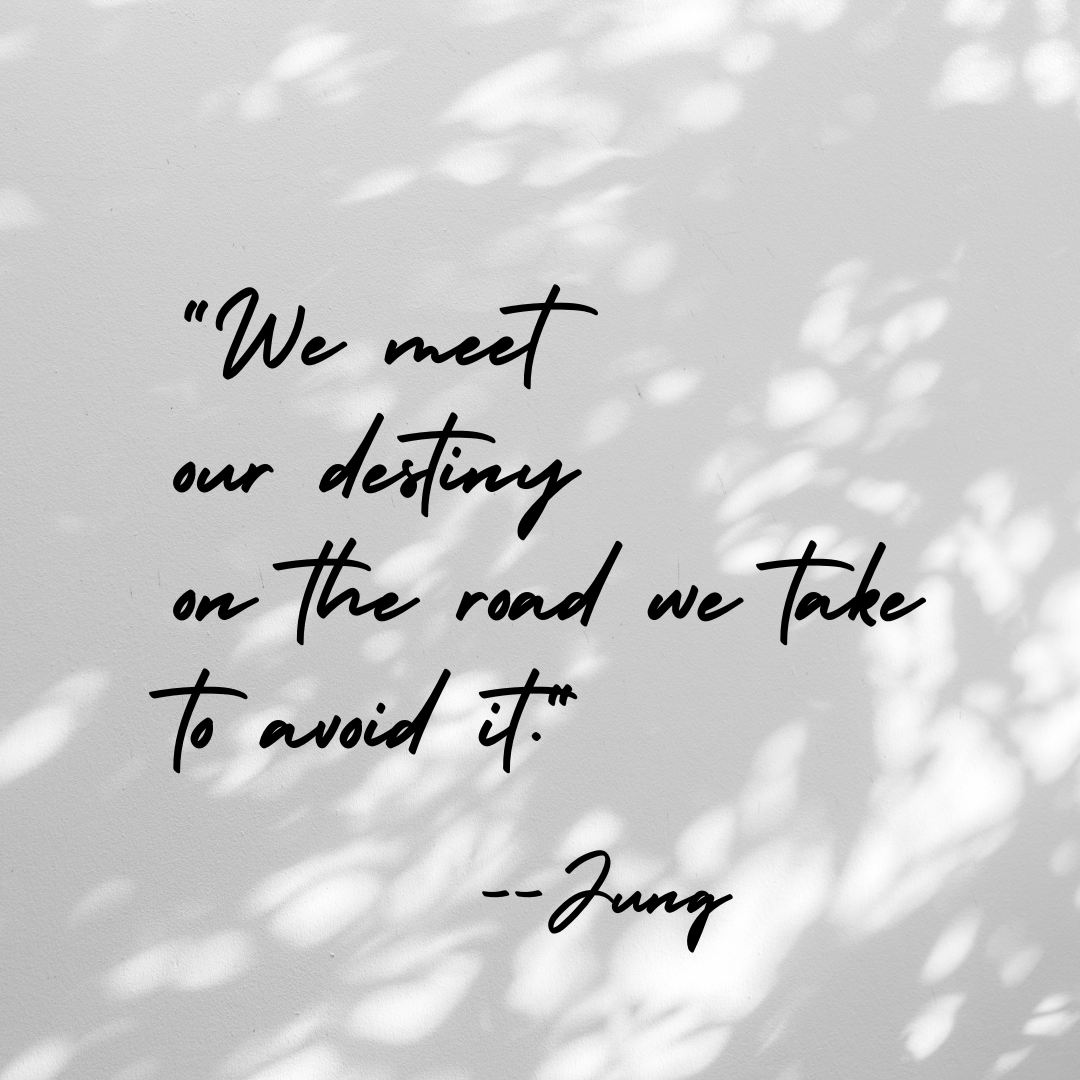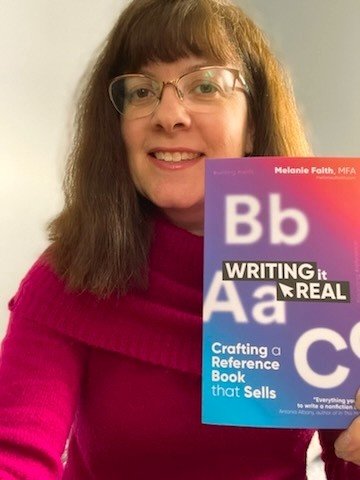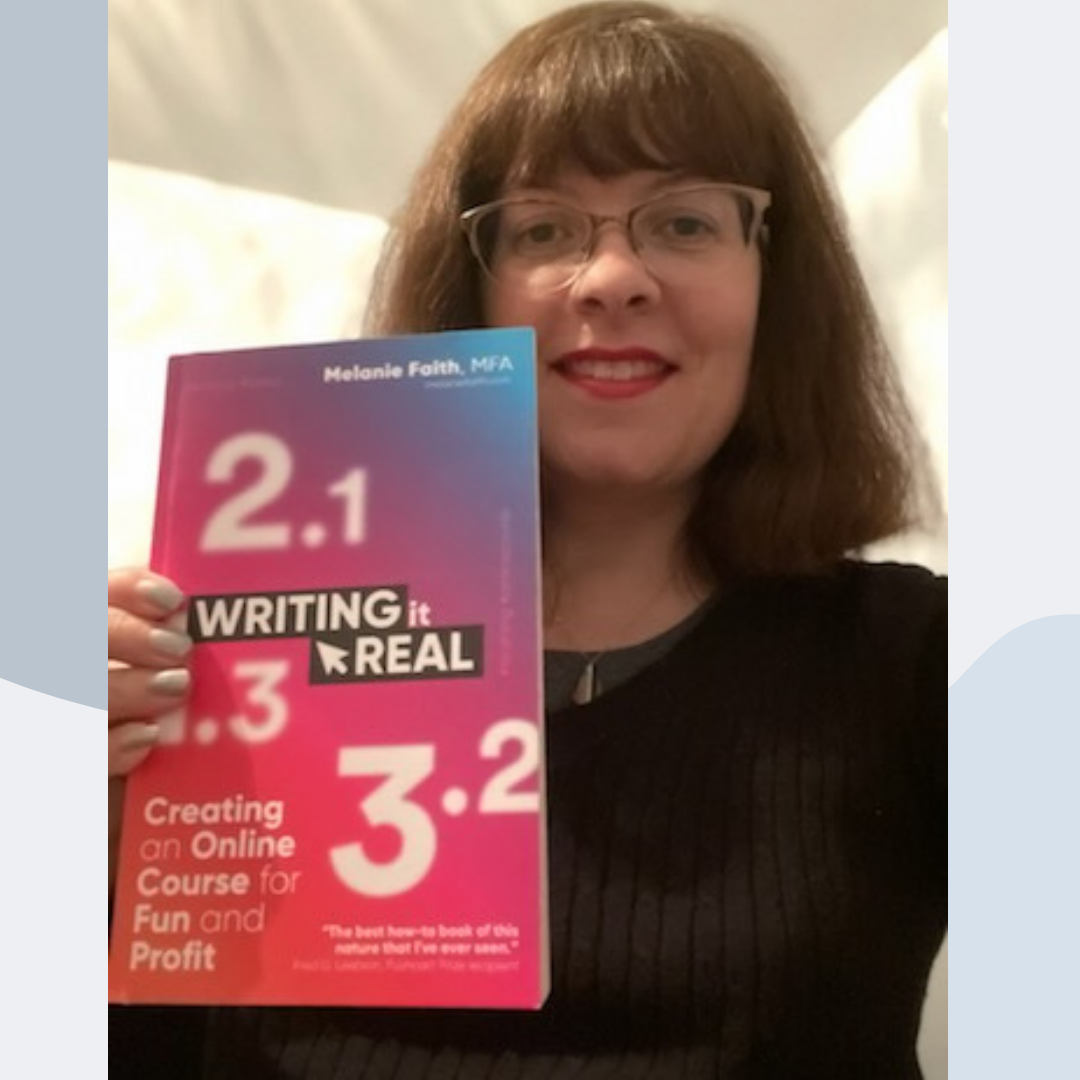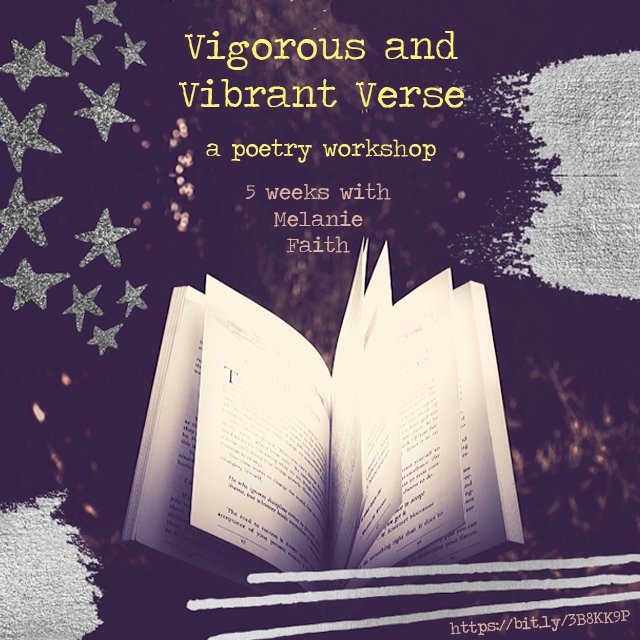One Week Until My Next Book Birthday & Signed Copies Available! 🎉
Just one week to go until this beauty drops. Woot! I had to break out the red lipstick today to celebrate.
Order today at Amazon: clickety-click!
Signed copies also available at WritePathProductions, my Etsy shop. Ta-da!
More details about the book:
Ever wanted to write a nonfiction reference book? Curious about how to organize and develop your topic into an inviting, easy-to-use manuscript? Look no further!
Packed with tips, this book will walk you through insights into planning, writing, editing, pre-publication, and marketing your reference book, from pre-writing to post-publication.
To sweeten the day even more, my box of copies arrived from my awesome publisher, Vine Leaves Press, and I got to hold my first printed copies of my May-releasing book, From Promising to Published: A Multi-Genre, Insider’s Guide to the Publication Process. Pre-order now open for this charming new addition to my book family.
A double delight, so I had to share. 😊📚 #authorlife
One Month to Go! 🎊
Just one more month until my next book birthday @vine_leaves_press! Woot! 🎂🎯 Pre-order your copy of Writing It Real: Crafting a Reference Book that Sells at Amazon.
Upcoming Writing Class: Food Writing! 🍓
Who doesn’t love food?! 🥕🥔🥑
But what, exactly, is food writing?
It includes a diverse multitude of writing projects and styles to savor, including (but not limited to):
*fiction
*memoir
*review
*personal essay
*free-verse
*flash
*blog
*graphic novel
*recipe and/or cookbook
*haiku
No previous cooking or restaurant experience necessary for the class. If you relish words and the flavors of fabulous food (and haven’t we all?😋), this class welcomes you.
Join the nourishing fun in my next online writing class: Food Writing for Fun and Profit.
Starts: Friday, April 8, 2022. Sign-ups open now!
Writing Prompt with a Quote in It
Ever since I read this quote earlier this week, I’ve been thinking that it would make a perfect prompt for creating a character or journaling. 📝🍵
Updates on the Writing It Real Series 🎉
🎉Just one more month until my book birthday @vine_leaves_press for Writing It Real: Creating an Online Course for Fun and Profit! Can't wait! Preorder today at Amazon.
It's even more awesome in person! 📕🎉@vine_leaves_press That holding the first printed copies feeling: priceless. Props to my amazing cover designer @jessicabelldesign . Couldn't resist sharing this moment with all of you. Writing It Real: Crafting a Reference Book that Sells has a book birthday in April, and it's available for preorder now at Amazon.
My Article Published Today: "Why Try Writing Graphic Novels?"
Excellent news! My article was published this morning in the WOW newsletter. Happy to share this fun topic with you, and if you’re interested, my next online class begins Friday, January 14th (details here: Fundamentals of Graphic Novel Creation).
Photo courtesy of Kelly Sikkema @kellysikkema at Unsplash.com
“Why Try Writing Graphic Novels?”
By: Melanie Faith
The initial answer is simple and direct: graphic novels are an exciting mode of storytelling and can encompass several genres. There are comics that are based on vignettes or flash fictions. There are comics that are fully autobiographical and others that are semiautobiographical and based on some real-life events. There are comics that are memoirs. There are comics whose protagonist is entirely fictional as well as comics based on historical figures and events from the past. There are animal comics. There are comics whose protagonist is otherworldly (science fiction and fantasy), from another realm or distant galaxy, from another time period or dimension. There are comics that have everyday protagonists who get stuck in traffic and hate certain foods, like you and me, and comics where the protagonists transcend the daily drudgery as secret superheroes who whip out their cosmic powers just in time.
Even more than that initial answer, however, graphic novels share key traits of meaningful literature that you’re already probably writing to hook readers into these visual stories, such as:
--Graphic novels have strong characters with a perspective and a problem that’s not easily (or forever) solved: whether from a down-on-her-luck office worker who just can’t catch a break or a fairy queen with magical abilities who leads her fellow fae to victory, if you can dream up a protagonist who has something to say and a perpetual conflict to try solving, then you can craft a strong plot for a graphic novel. The office worker decides she’s going up for the big promotion, only to get bested by the office bully, but only for a few panels before she cooks up another plan to aim for that promotion or something equally important to her growth. Even when the fairy queen swoops in to save her folk today, another destructive force must appear—in the next chapter, page, or even the next few panels—to challenge her abilities and give her a reason to test her powers and lead her fellows past obstacles to victory all over again. Struggle, momentary victory, struggle again is a good motto for graphic-novel planning.
--Graphic novels often have characters who are delightful oddballs or passionate outcasts who question their place in the world through their actions, dialogue, and their inner doubts and fears as they move through these challenges, however slowly, haltingly, or while bumbling sometimes. Insecurities, fears, limitations, frustrations, self-consciousness, anxieties—call them what you will, but graphic novel protagonists are often recognizable and loveable for the very sensitivities that keep readers reading (and putting themselves into the protagonists’ shoes). Just like in short stories and movies, nobody roots for a character who is picture perfect in every way and has it all figured out every step of the way. Graphic novel protagonists are often thrown into new environments where they feel overwhelmed for much of the narrative or cannot escape their home environments where they have never felt the same as others. In both situations, the protagonists demonstrate their character, mettle, sass, and wit through how they cope (or barely cope or mostly fail to cope) with not having complete (or even partial) control over their lives. Humor and pathos both result from tales of protagonists doing the best they can as fish out of water.
--Graphic novel characters and narratives touch on universal truths. Whether your novel is set on a distant star or in Chicago of 2130 or in your own home office this very year or in Boston in 1850, one of the hallmarks of graphic novels is that they illuminate what it means to live in an imperfect world with others who frequently have different goals that conflict with one’s own. Readers want to identify with and cheer on the situations protagonists navigate through and, as a bonus benefit, feel a sense of investment in the protagonists’ struggles and triumphs and encouragement about their own lives.
Yeah, but comics are written by people who are whizzes at drawing, right? Nope. Graphic novelists don’t have to have the most up-to-date software or even be skilled at drawing or anywhere near professional-artist level. If you can sketch a table or shapes and/or draw a stick figure, you can get your point across based on the story your graphic novel tells and the strength of your protagonist, antagonist, conflict, rising actions, and story arc. Plenty of writers team up with professional or student artists to make their comics, which is another option. Comics can also be created from photography and collage as well as simple line drawings and from various forms of drawing software and apps.
So, if you have elementary artistic skills or can take a photo or sketch basic shapes and draw a stick figure, possess an interest in making good literature with a strong, identifiable protagonist who gets in hot water and feels hesitant about their vulnerabilities and yet finds their own way, bit by bit, it’s likely you can turn a strong character and story premise into an entertaining, meaningful graphic novel. It’s well worth dipping your toes into the graphic-novel waters to give it a try.
Image courtesy of Kelly Sikkema @kellysikkema at Unsplash.com
Pre-Order Time! 📚
Super excited to announce that the pre-order for my next book is all set!
Whether you’ve never taught an online class before or if you’ve been an educator for years, if you’ve ever thought about launching your own online course or brushing up on your teaching skills to bring extra pizzazz to your classroom this book is for you.
I’ve packed it with tips, advice, exercises, humor, and lots of can-do motivation to inspire the class-creation and class-launching experiences from choosing a theme through syllabus creation through marketing and more! Also, it’ll make the perfect gift for the favorite educator friend in your life this holiday season.
To pre-order and learn more: Amazon Paperback and Amazon E-book .
Breaking out the Red Lipstick 😁
It’s a red-lipstick wearing kind of occasion. While this morning started out gray and sleeting and a little blah, this afternoon turned around. I finished Day 30 of NaNoWriMo and have managed to get a few pages into Draft 3.
A package arrived tonight, and my next book was inside. That holding the first tactile copy feeling: priceless! Dropping February 2022: stay tuned.
"3 Techniques to Write More Vibrant Poetry"
Thrilled that my craft article was published today at Women on Writing! 💗 In the market for an online poetry course that starts in November? Check out my class here. Read on for the article:
3 Techniques to Write More Vibrant Poetry
By: Melanie Faith
Whether we want to write free-verse or a sonnet, a haiku, or a prose poem, some key elements are universal in poetry: vivid imagery and precision of diction choices are two widely agreed-upon qualities of successful poems. The following are three less talked-about techniques that are every bit as vital that could take your verse to an exciting new level.
Everyday is A-Okay: Sometimes, we get the impression poems have to be about monumental subjects or events. Not always so. While there certainly are classic poems to commemorate the big-day events in life, such as high-school graduation or joining the military or marriage or the birth of a child, there are myriad more poems about small observations and tiny moments that, without art, a person could easily move past without reflection.
In fact, the reflections and observations that occur about ordinary topics can, indeed, be extraordinary for readers. I’m reading a collection of poems this week where dates are the titles of each work. In some of the poems, the poet describes people and events of the day literally. In others, the speaker of the poem is obviously someone different than the author or the author combines time periods.
Something authentic and tangible that we observe from our day might spark a poem and then the poem could veer in an imaginative way that surprises and combines fact with fiction—also totally acceptable and, in many casing, inspiring ground for creating poems.
Open your poem with an image grounded in real-life, but stay open to associative leaps that serve the poem, too.
Empty Some Space: Poetry is a compressed art. When I first started to write poetry, as a fiction writer, my tendency was to write long lines (almost margin to margin) crammed with details. I also rarely included stanza breaks.
One day, in graduate school, a favorite professor took one of my poems and, in his critique, marked several places where empty space (sometimes called “white space”) would improve the poem. Mind blown! When I retyped my poem, incorporating the blank spaces, I immediately saw how the focus was stronger on each image and indeed each line and stanza break as well.
Then, I did another round of emptying space: I looked for unnecessary prepositional phrases, words that were vague or place-fillers, and other ways to focus my language even more. The more I refined by taking away from the page as I edited, the more the theme cohered and strengthened.
Both ways of compressing poetry—including more stanzas or new stanza or line breaks to highlight certain key images or words as well as editing out cluttering or vague phrases—can go a long way to bringing resonance to your poems.
Dialogue it up! One literary technique I don’t see often enough in poems is dialogue. While prose frequently incorporates conversations, quotations, or the inner thoughts of characters or speakers, poetry infrequently does.
There are many styles of poetry that even just a line of dialogue could help to set place/setting, time period/era, tone, characterization of the speaker or character, as well as the theme. Narrative and prose poems particularly work well for integrating dialogue, but no need to stop with these formats.
Sonnets could include dialogue or a quoted phrase or inner thoughts of the speaker, for example. Or, a line of spoken or internal thought could become the title of a haiku, tanka, or other style of poem that sets up the body of the poem’s theme or conflict. Or a famous quote could be used as an epigraph to launch into your topic’s theme.
Many types of poems could benefit from dialogue, from lyric poetry and ekphrastic work (such as a line from a song or quote from an online show or another art form) to formal styles, like villanelles (where a repeated question or thought could work wondrously). The sky’s the limit!
Try this prompt: For 3 days, write down three things that happen in your daily life or 3 things you observe about your day, such as an image or an overheard piece of conversation in passing. At the end of the 3 days, pick one of the observations from your list and write a first draft of a poem from this real-life impetus. If the poem veers off of “what actually happened” or if a new image arrives, wonderful and go with it!












